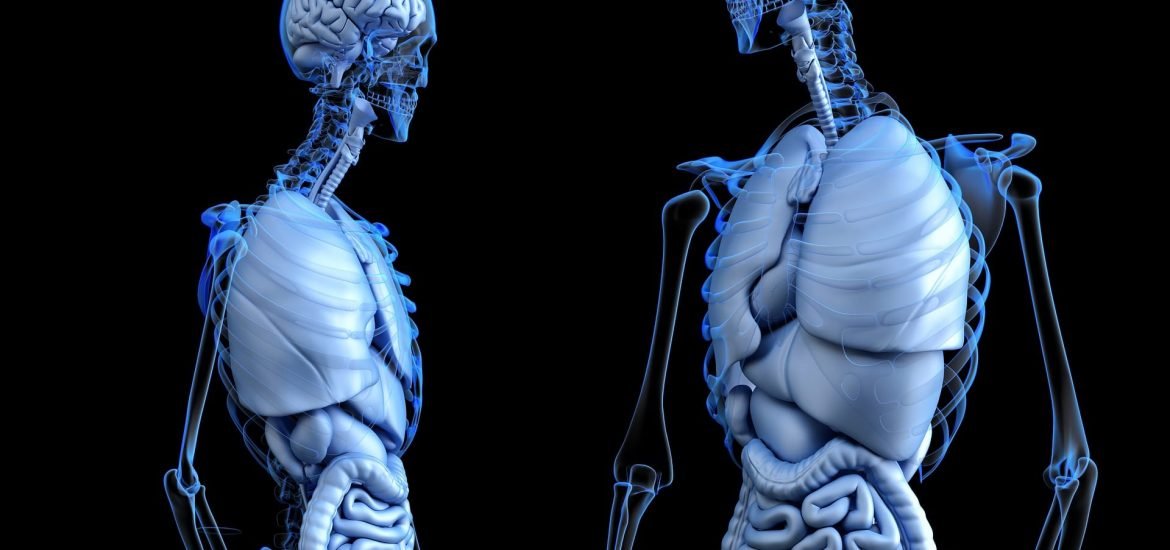
Previously overlooked in both anatomy and medicine, scientists have just discovered a new feature of the human body that may soon be classified as an entirely new organ: “the interstitium”.
In the fall of 2015, scientists at Beth Israel Medical Center were using a new form of medical technology to examine a patient’s bile duct, in search of signs for cancer. The technology, probe-based confocal laser endomicroscopy, takes the form of a traditional endoscope equipped with a camera, laser, and special sensors that allow clinicians and researchers to take microscopic images of living tissues. In the images of their patient’s tissues, these scientists noticed peculiar, tear-like fluid filled structures that they did not recognize.
The images were originally analyzed by Professor Neil Theise from New York University’s School of Medicine, who decided to take a biopsy of the tissue to analyze in his lab. In the samples he took, the peculiar structures had disappeared – or, as it was later discovered, collapsed.
These scientists had happened upon a new anatomical structure, a network of fluid-filled spaces between bodily tissues. The existence of interstitial space between cells has been well documented in the scientific literature, but evidence of such spaces between tissues has been scant at best, with no real documentation of their existence in the literature until now.
In a study published yesterday in Nature Scientific Reports, researchers from Beth Israel Medical Center and the University of Pennsylvania, along with Neil Theise and others from the NYU School of Medicine, describe their discovery of “an unrecognized interstitium in human tissues.”
Tissues from the bile duct, pancreas, and duodenal wall of twelve surgical patients from Beth Israel were analyzed as part of the study using the same technology that allowed researchers to recognize the newly discovered structures in the first place. Sure enough, these specimens revealed the same unique pattern of spaces between tissues.
What researchers have named “the interstitium” is a network of interconnected, fluid-filled spaces supported by mesh-like connective tissue. The remnants of these structures have been pictured before, but only the connective tissue was noticed.
When tissue specimens are extracted for imaging and analysis in science and medicine, they are typically dehydrated. This means all the fluid drains from these spaces, and these fluid-filled structures collapse on themselves.
In studying these structures further, the researchers froze the tissue samples they collected in order to preserve their original anatomical characteristics, fluid and all. In knowing what the interstitium looks like in living bile duct tissue, the researchers “quickly recognized it throughout the body.”
As reported on by National Geographic yesterday, “it’s nearly everywhere—just below the skin’s surface, surrounding arteries and veins, casing the fibrous tissue between muscles, and lining our digestive tracts, lungs, and urinary systems.”
Much like skin, the newly discovered interstitium could be one of the body’s largest organs.
In a statement published in Science Daily, Neil Theise said that “this finding has the potential to drive dramatic advances in medicine.”
Theise speculates that the interstitium might serve its basic function as shock-absorber, protecting tissue throughout the body from damage. But more importantly, like the interstitial space between cells, the interstitium amongst bodily tissues could be a source of lymph, and may be the pathway by which certain cancers spread, or metastasize. If so, the interstitium might be the site to sample for early detection of cancer, according to Theise.
Other scientists in the field are practicing healthy skepticism. Jennifer Munson, a biomedical engineer from Virginia Tech who was not involved in the new discovery, told National Geographic that “she’s fairly convinced these structures exist but wants to see more research before speculating on what they do, and whether its accurate to call them a new organ.”
Further research will decide whether we will soon have to update the anatomy and biology textbooks to include the interstitium among the list of human organs.